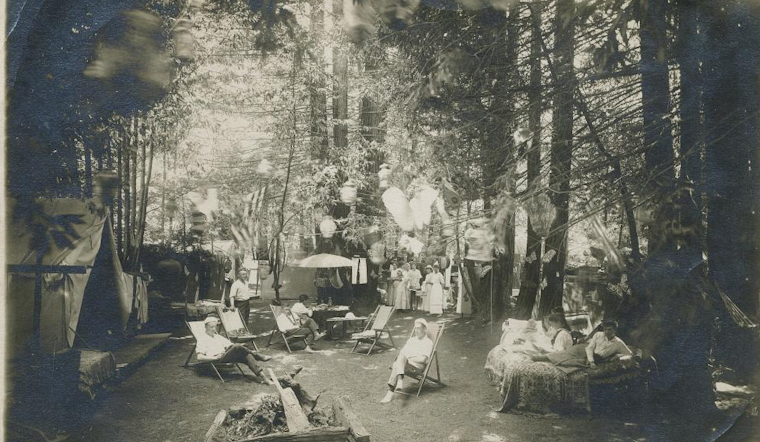
[Editor’s note: Hoodline is beginning to publish first-person stories from locals about their memories of their neighborhood and beyond. Have a story? Just let us know more — email [email protected].]
Ski weekends in Tahoe, wine tastings in Napa, soaking in the Russian River: San Franciscans don't lack for places to escape at the end of the workweek. Curious about what past generations of San Franciscans did to get away from their burgeoning city, I decided to investigate, starting with my own family.
My grandfather, Dean Chaix, was born in San Francisco in 1926, and remembers stories his parents told about their leisure time while they lived in Balboa Terrace. After talking with him, I learned that some of the outdoor activities San Franciscans pursued on weekends, while they may have been more rustic, weren't all that different from those of today.
Like today, Guerneville, 75 miles north of Civic Center, was a popular spot for families looking for some calm at the close of the 19th century. My grandfather explained the trek that his mother, Claire, and her family would take to camp there. “They took the train up, and then maybe a horse and buggy over there,” he said, setting up camp for weeks or months. They'd hang Chinese lanterns and make daybeds to create what appears to be the original form of “glamping," with the women wearing bows and dresses, and the boys collared shirts.
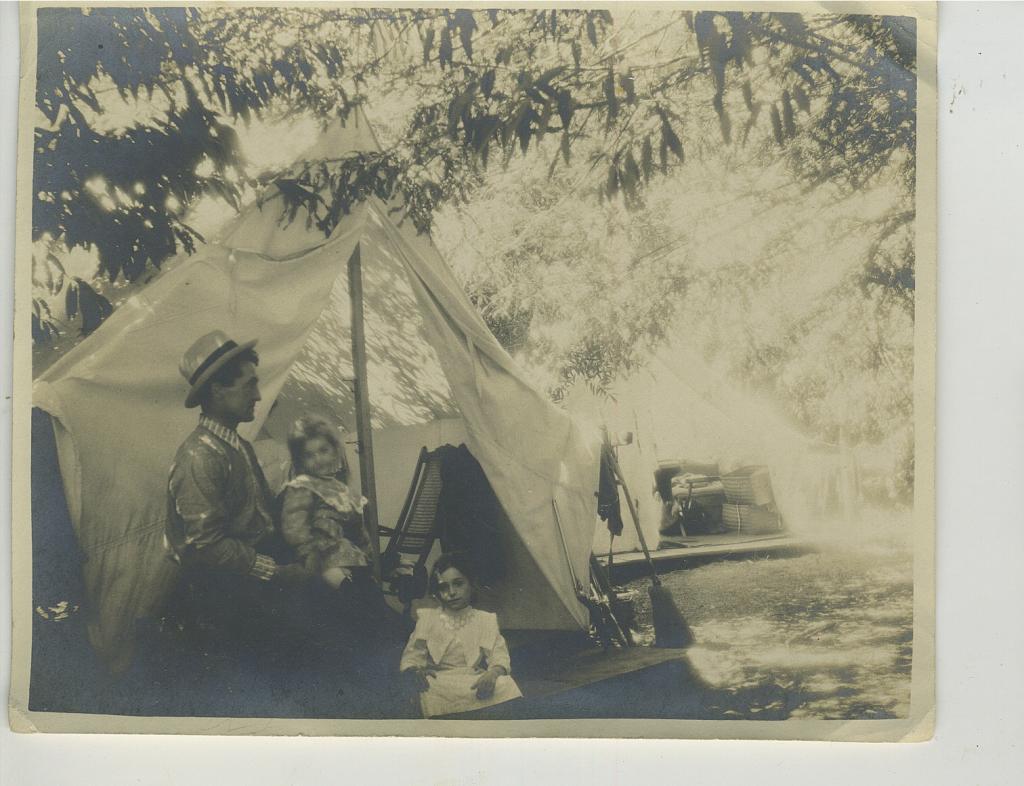
This was before the age of casual football or volleyball, but his mother's family would sunbathe and paddle in canoes, and get to know others around their campsite. “There were some young guys,” he adds, “that would come around because Claire and her cousins were all unmarried at the time. The guys would come and hang around for a week or so. They had a good time.”
During the week, the campers were mostly women and youngsters. “The men would stay in San Francisco, where they worked, and they would come up and join the women on the weekend.” My great-grandfather owned a small used car lot on Valencia Street; his father, my great-great-grandfather, was a dentist with an office in the Flood Building on Market Street.
“He used to do my teeth," my grandfather explains. "My God, I can still picture his hands coming into my mouth. They were stained with nicotine, because he was a smoker—they were yellow.”
As the century progressed, my grandfather remembers his mother dressing up in costume for 1930s parties at homes near China Beach. He was still a young boy, so “they would go out to parties and we would get a babysitter.”
Themed parties in this community called for outfits from the original era. The picture below is his mother “dressed up at a gay '90s party.” He describes the jovial 1890s theme as a “live-it-up era towards the end of that century.”
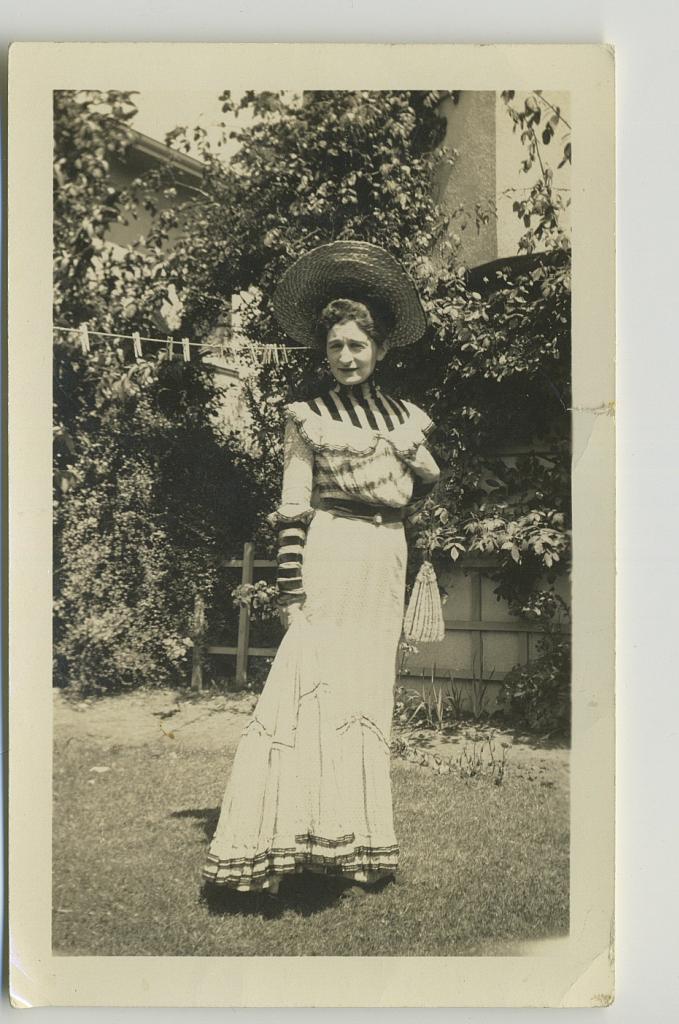
Owning a small used car lot gave my grandfather’s parents the means to leave the city via an array of constantly improving cars. “About every month, we’d have a different car,” he says, which made traveling to places like Yosemite much easier than in years prior.
“Pop was an outdoor guy,” he says of my great-grandfather. “Every weekend during duck season, he’d take off and go down to the duck club. Being married to those guys was kind of tough on weekends, 'cause it was deer hunting for the summer and duck hunting in the fall.”
The family would camp in Yosemite and climb the granite-face mountains. “My folks used to go trout fishing in Yosemite. They would ride over the railroad trestles in their car, have a tent and do some fishing.” For decades, fishing remained a staple activity for our family’s men, and brought them all over Northern California in search of trout and bass.
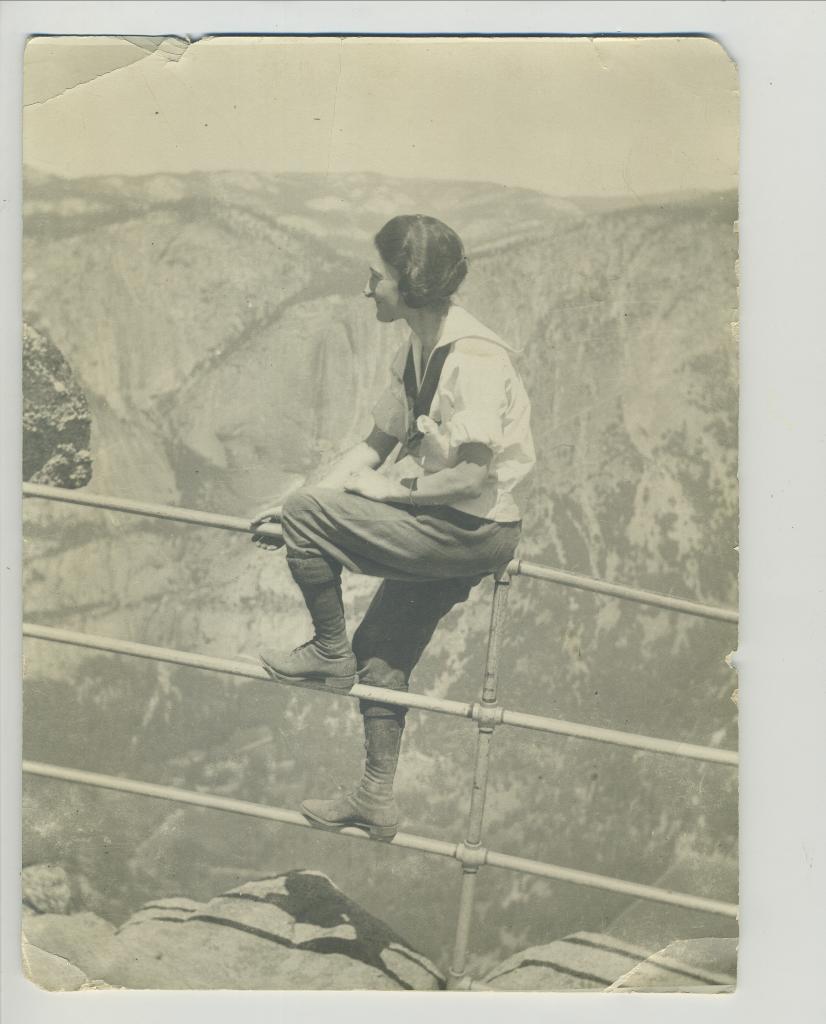
Back home in San Francisco, family activities included adopting puppies, taking the T train from their home in Balboa Terrace to the YMCA pool off Market Street, and visiting San Gregorio Beach.
“This is the lagoon that is south of San Francisco,” he recalls, showing me the picture. “A small stream comes down and goes into the Pacific, and most of the time, there’s a sandbar that forms this lagoon of mostly fresh water.” With water warmer and calmer than the beach breakers, the beach was perfect for family time and “farting around with our pals.”
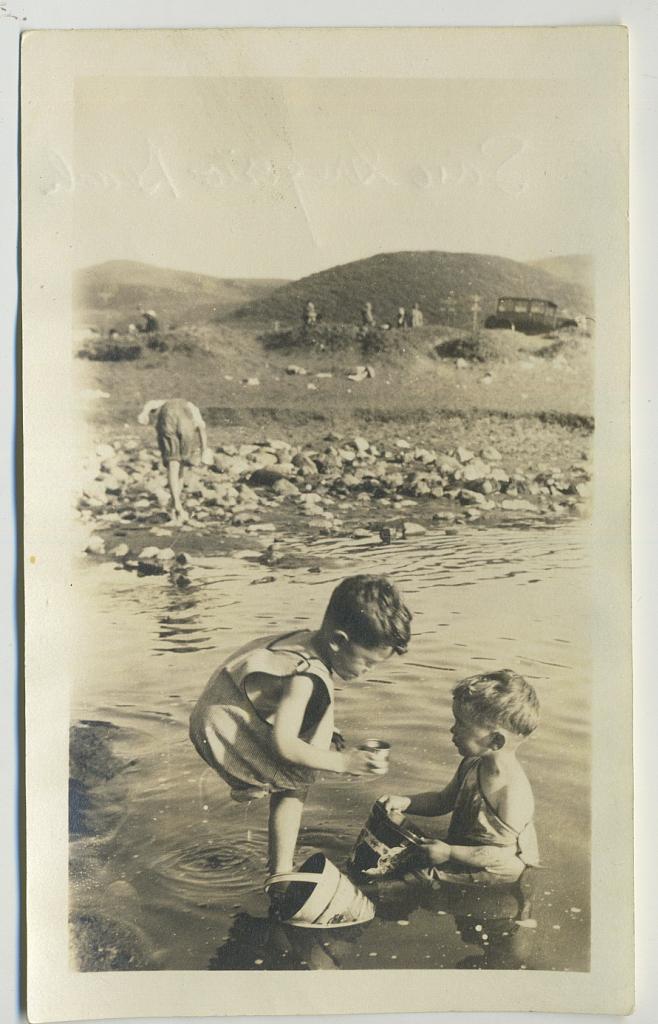
The family would go to San Gregorio Beach a handful of times each summer between 1928 and 1934. My grandfather recalls one childhood rite of passage he experienced there: “I got my first poison oak in San Gregorio Creek. I was a mess.”
When asked about the crowds, he notes that this beach was lightly used, mostly by families, and very unlike the modern Baker Beach populated by young people today.
The 1930s brought more outdoor activities, as my grandfather and his brother grew up. Once they were around 10 or 12, their father would take them hunting and fishing. “When my brother and I were old enough, we’d go with him, 'cause he’d teach us how to shoot shotguns and rifles.”
Camping transitioned from months at hard-to-reach campsites to day camping in the Western Sierras. The older men would go early in the morning to fish, and the rest of the families would follow up after to meet them, cook lunch, and drink beer.
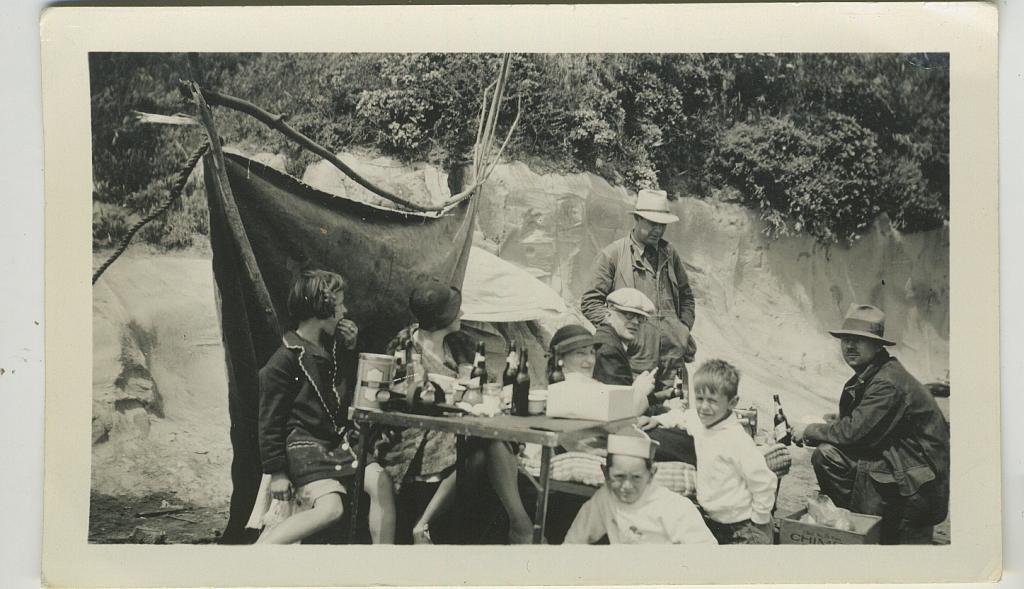
As the Chaix family transitioned into the middle of the 20th century, their weekend trips and vacations became more comfortable, but still typically revolved around one thing—fishing. My grandfather played pranks, tainting his children's bait while competing to catch the first fish, reeling in lines at Donner Lake, and hosting cookouts so big that his family would still be eating fish for breakfast the following week.
As Lake Tahoe became more accessible, winter sports—skiing, sledding, cross-country skiing—became more popular, and ingrained in our family's culture.
As a family with deep Bay Area roots, we certainly can’t represent the desired getaways for an ever-changing city over time, but we can speak to the ability of all generations of San Franciscans to appreciate the beauty of the world around them.









